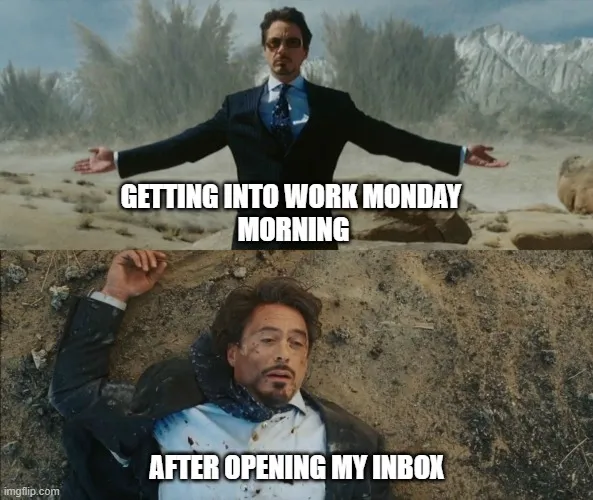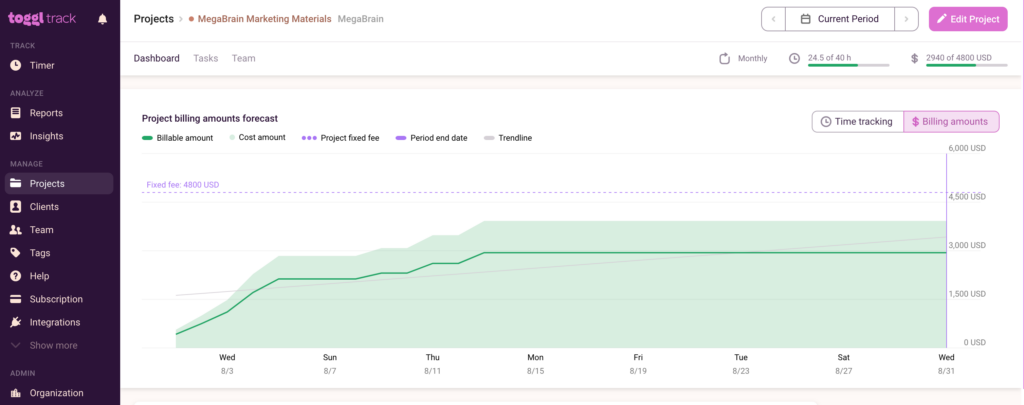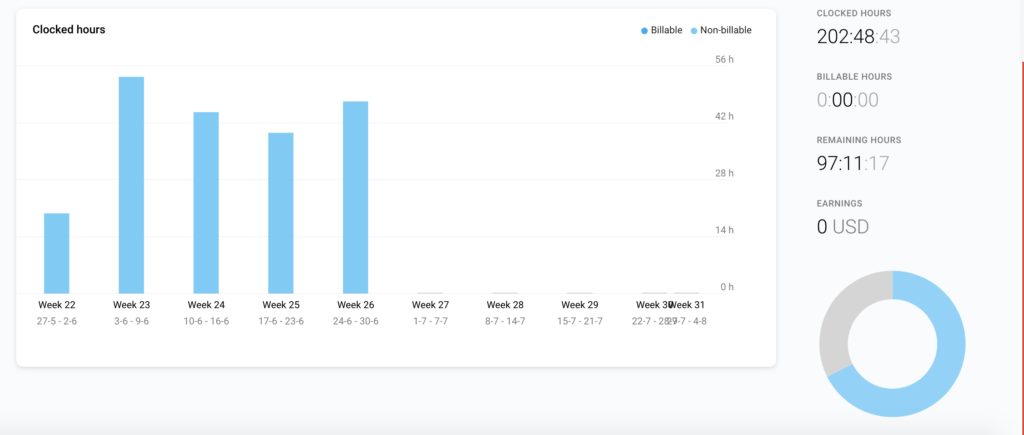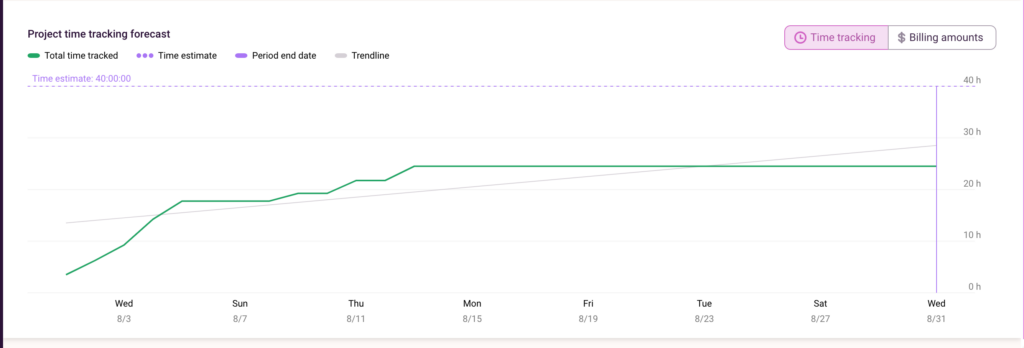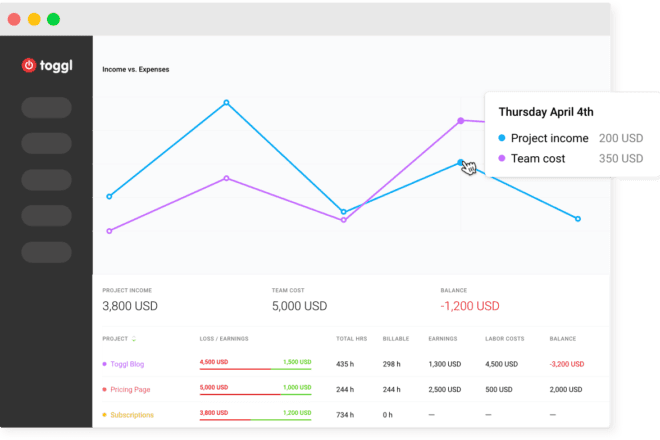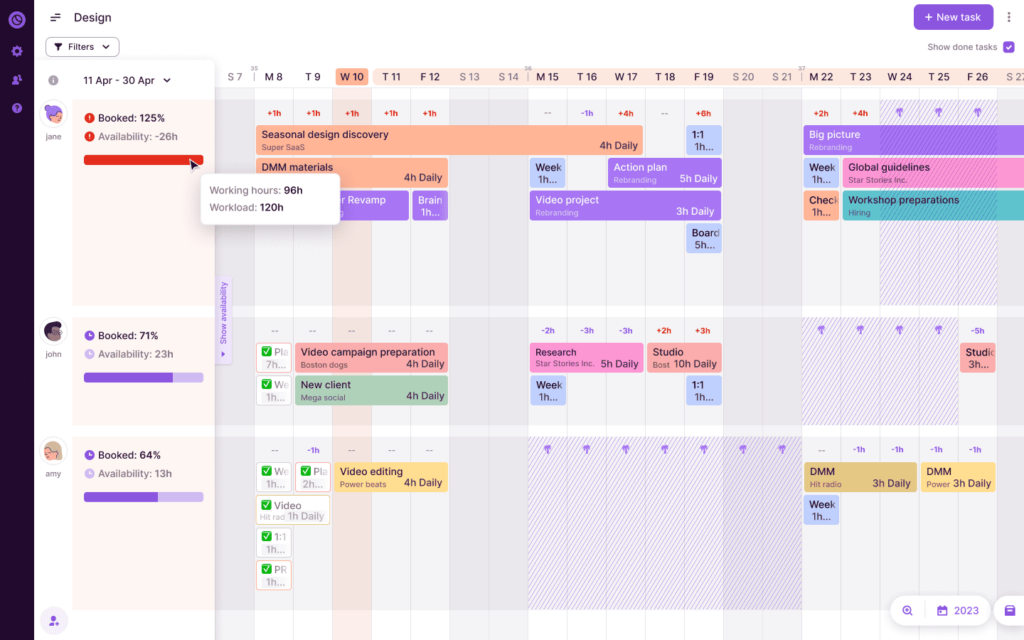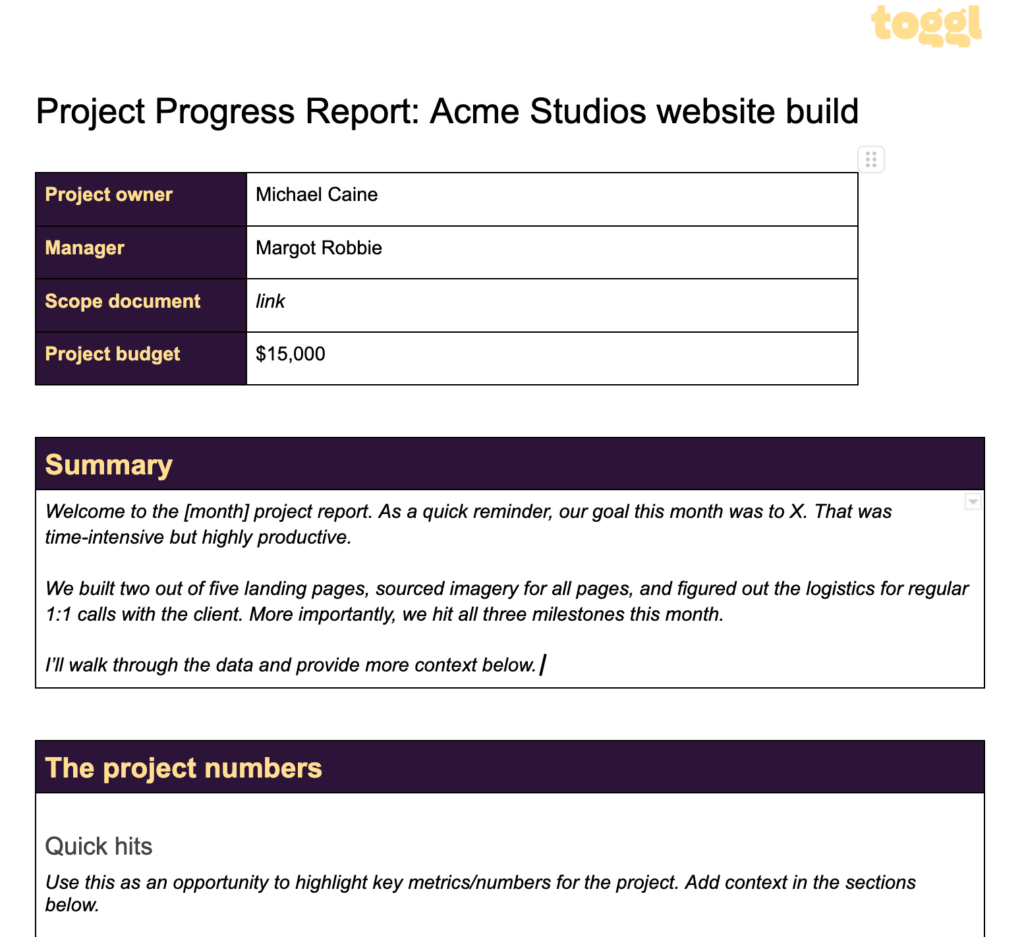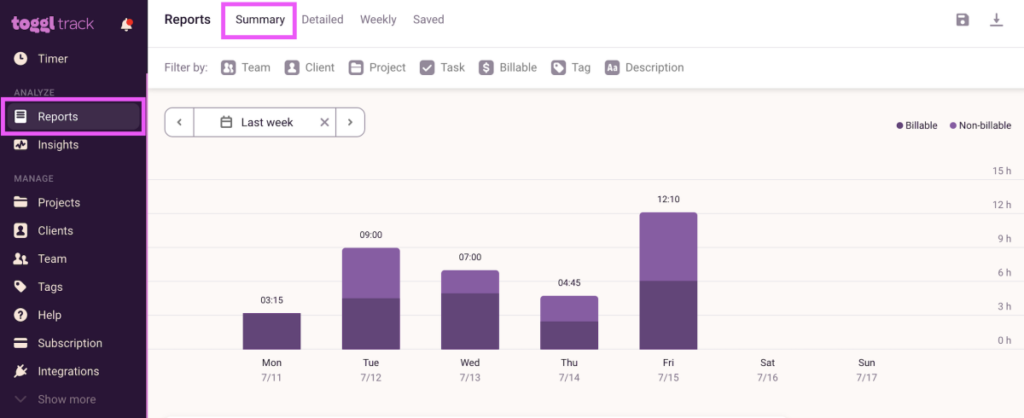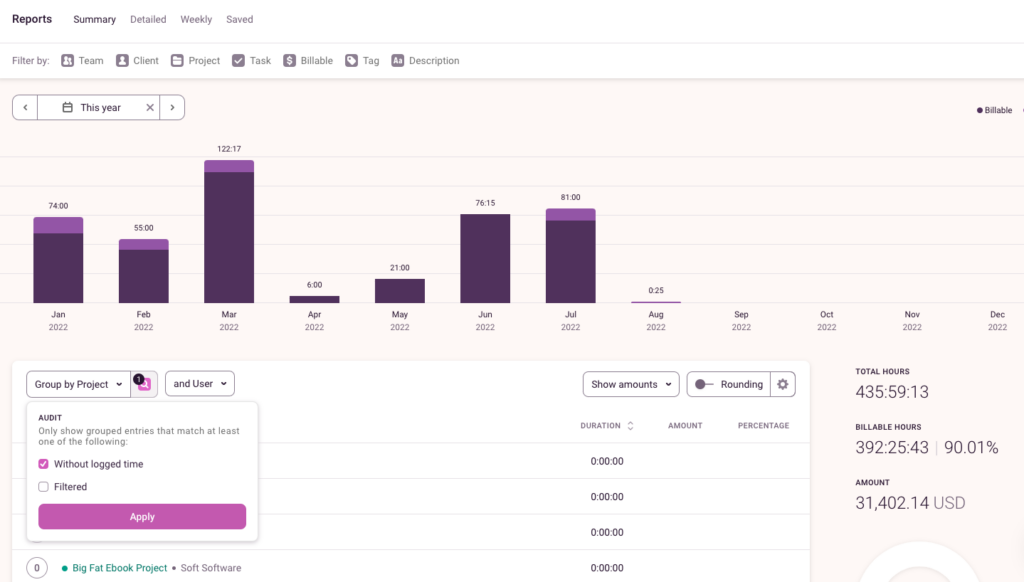How do you tell the difference between a good project and a bad one?
Look at the project status reports.
- Bad project status reports – your team or client gets lost in pointless data, doesn’t know what work was done, and receives no insightful comments.
- Good project status reports – your team or client sees critical data summaries, easy-to-understand insights, and an overview of the work done.
Projects get complex fast, and the tasks stack up quickly. It’s challenging for PMs to keep on top of everything.
That’s where project status reports can help.
In this post, you’ll learn how to create a project status report that tells the true story of each project (template included).
Let’s get started!
What is a project status report?
Project status reports are timely updates on the progress of your projects. They are the best way to track, record, and review the ongoing status of a project.
At a glance, this might look like time tracking, but project status reporting goes deeper. It can include the scope of the work, the challenges, the team members involved, and the financial realities of the project.
Why is a project status report important?
Having worked at an agency, I know from experience that creating project status reports isn’t something project managers spend a lot of time on.
We often found projects would face issues all the time. But there was a noticeable difference in how projects were managed when we started creating project status reports for the more complex projects.
They were the best way to keep the team and clients aligned and in the loop as projects progressed. We could course-correct the project if we spotted signs the project was at risk of going over budget or not being delivered on time.
Reports were also helpful as a reflective tool to identify what went to plan and didn’t.
Other benefits of a project status report include the following:
| Benefit | Description |
|---|---|
| Transparency | Provide hard facts about how far behind schedule or on track the project might be, making it an invaluable tool to keep everyone accountable. |
| Aligning your team | Project info can get lost fast. A progress report summarizes the project or projects your team is working on in one place. |
| Stop scope creep dead in its tracks | Uncovers what’s not working so the team can investigate and determine appropriate action. Helping to prevent scope creep and keep the project within budget. |
| Constant improvement | If you stick to project reporting activities and read your reports, you can capitalize on the things that went well — and improve the things that didn’t. |
What should a project status report include?
Project status reports will look very different depending on your industry, team size, and target reader.
They can be created solely for your manager, team, or client. Try to keep this in mind when introducing your project status reports. Everyone will need to be on the same page regarding their purpose.
Let’s look at the critical fundamentals of any project status report.
| Element | Description |
|---|---|
| Timelines and milestones | The report presents the data showing if the project is on track to hit the deadlines and milestones set at the start of the project. |
| Project financials | Analyzing the key financials, such as billable hours, labor costs, and budget will help you to maximize profits. |
| Resources | Show you how many employees are assigned to your project and which tasks they are working on. |
| Changes and scope shift | Documenting changes in discussion boards and activity logs ensures that team members understand what’s changed and why. |
| Team performance | It shows you which team members are completing their tasks on time and which are falling behind schedule. |
| Risk management | It helps identify the risks of falling behind schedule or missing project milestones due to team performance or project strategy. |
Let’s dive a little deeper.
Timelines and milestones
Every project is a collection of tasks that must be completed within a specific timeline. That’s why every one of those tasks, or group of tasks, can work as a project milestone — signaling if the project is on track.
For example, let’s say you are running a YouTube marketing campaign and must create 2 videos per month.
What do those videos involve?
- A script
- A meeting to schedule the day of filming
- Hiring the actors
- etc.
In a project management tool, every one of these tasks can become a milestone with its deadline, time, and budget allocation. Hitting project milestones help prevent projects from going over budget, keep a project on track and deliver it on time.
You should be reporting on project progress via milestones and look to see if they are being hit on time or not.
How?
Project milestones can be tracked using either a project tracking spreadsheet or project task management software.
A project tracking spreadsheet is a useful visual tool to track each task’s progress against the original project timeline. The spreadsheet should include all tasks, their status, the task owner, and the project progress percentage.
Note: you can download our free project tracking spreadsheet below.
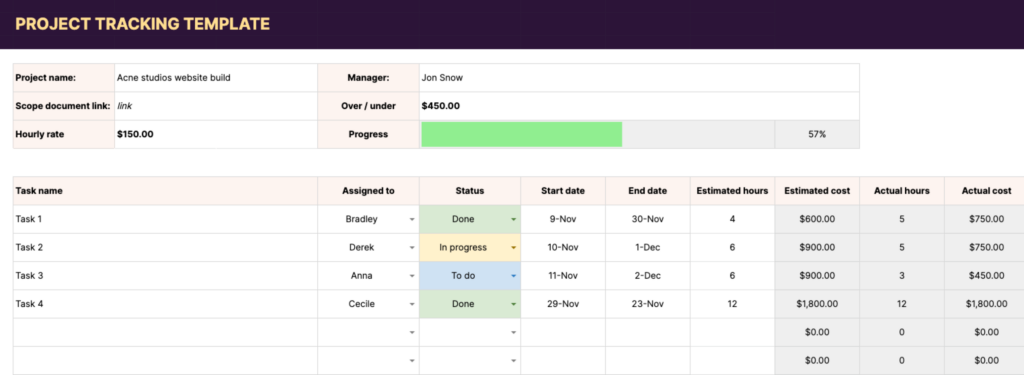
How does the spreadsheet work?
- Add your list of project tasks
- Assign a task owner for each item
- Set start and end dates for each task
- Track the progress of each task using the status dropdown menu
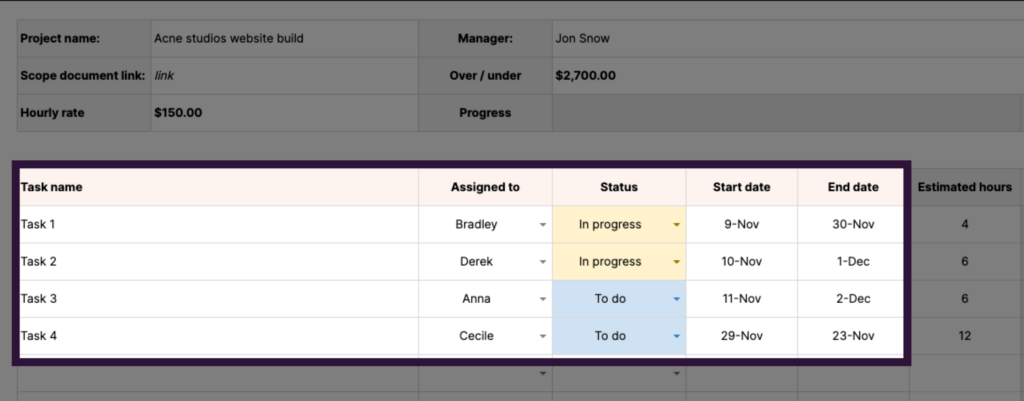
Once you’ve added all of your project tasks, you can start tracking how much time you or your team spend on each one via the ‘Tracker’ tab.
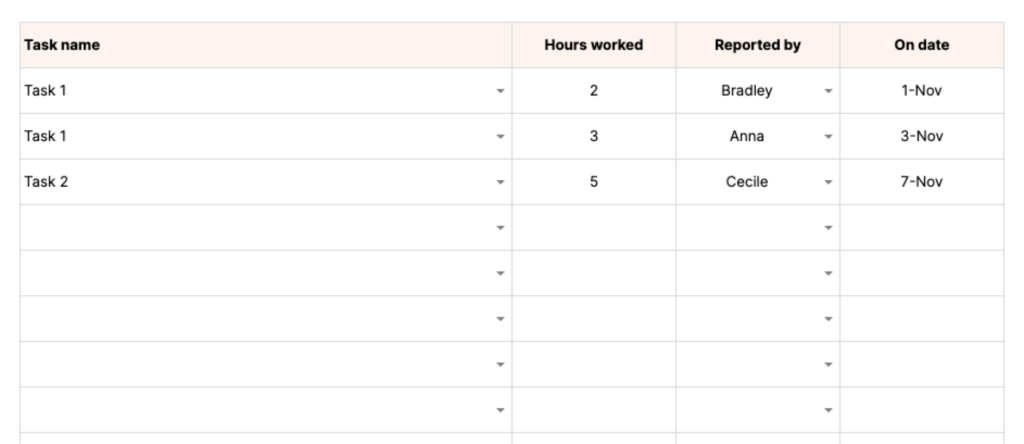
This will automatically update task actuals in the ‘Project’ tab and tell you if the project is over or under budget — based on the estimated hours you enter.
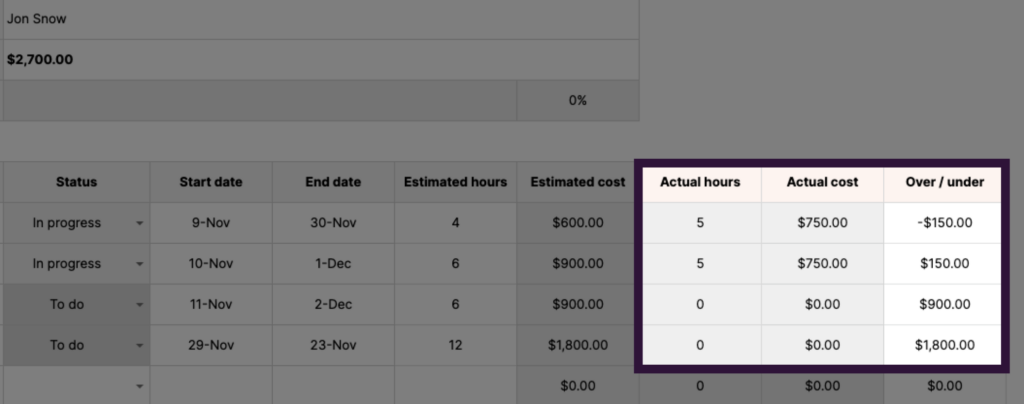
There is also a progress bar and percentage on the spreadsheet to let you know how close the project is to completion.
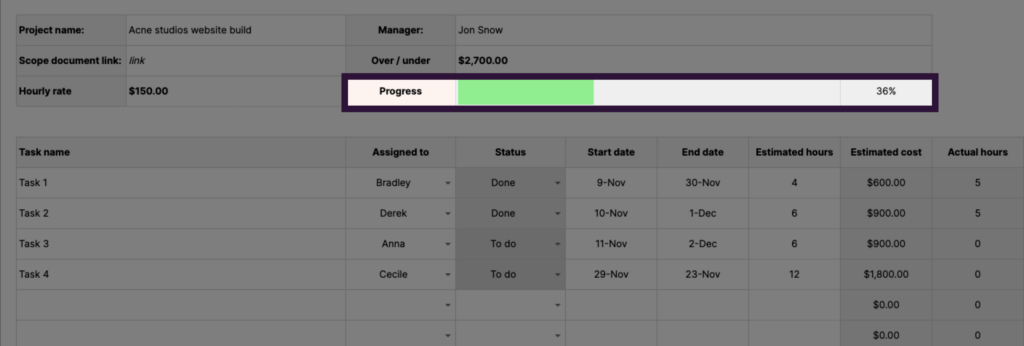
You can use a Work Breakdown Structure to better understand what tasks are required to complete for the project.
Spreadsheets are pretty good for managing projects — but only if you’re a spreadsheet wizard. 🧙
Alternatively, you can better track project milestones using project management software. Here’s how to do it using Toggl Plan.
- Click on a date in the header you wish to add a milestone to
- Add a name that’s easy to understand for everyone
- Choose a color to know what project the milestone belongs to.
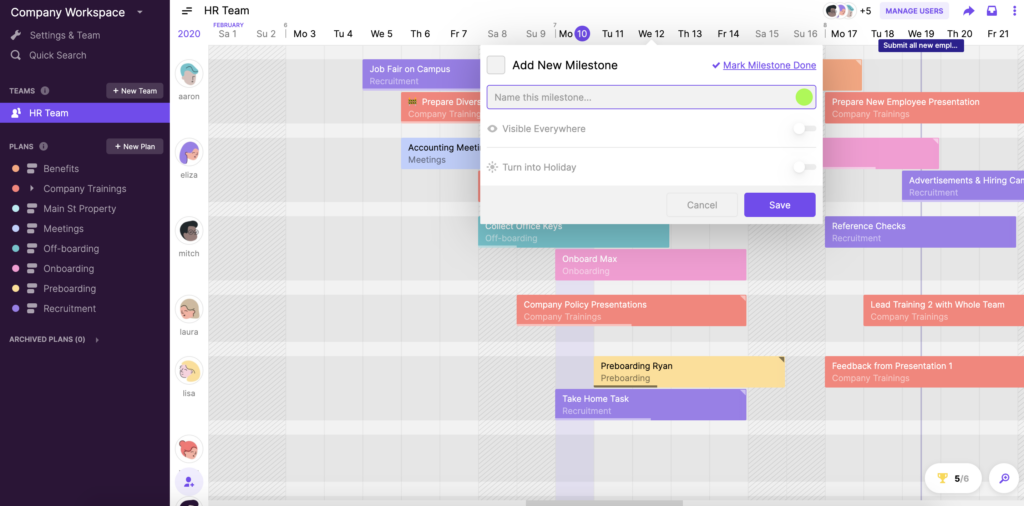
This will make project milestones visible to everyone working on the project.
The goal here is to offer easy-to-understand signals of what has been completed and what has been delayed. Giving you the information you need to make project adjustments where required.
Check out this video below to start creating and tracking project milestones in Toggl Plan.
Note: skip to 3:18 to learn how to add a project (plan).
Project financials
Getting the client to approve the project budget needed is the easy part. What’s harder is making sure you stay within budget.
This will typically mean keeping track of costs such as
- Labor costs
- Billable hours
- Project expenses
You may already be tracking similar costs using a project budget spreadsheet, or if you’re using the spreadsheet from above, you can add the ‘estimated hours’ for each task.
This will then give you the total cost for each task based on your hourly rate.
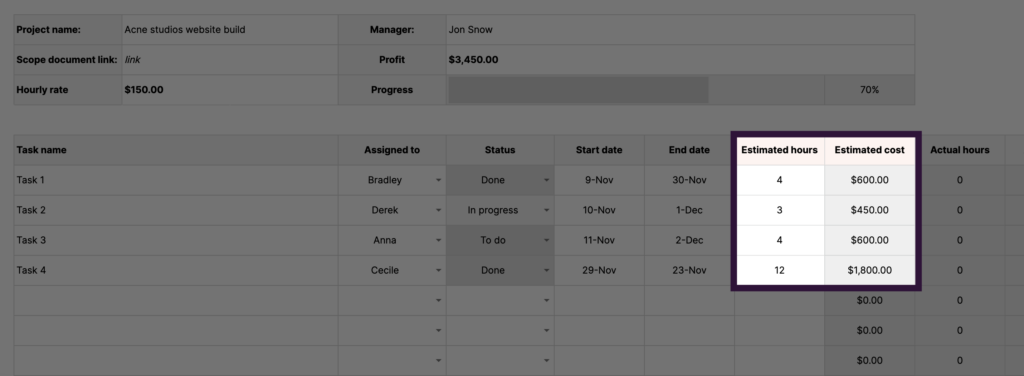
You or your team can start tracking time spent on each task within the ‘Tracker’ tab.

This will automaticity update the ‘Actual hours’ and ‘Actual cost’ columns in the ‘Project’ tab — letting you know if the task is coming in or over budget.
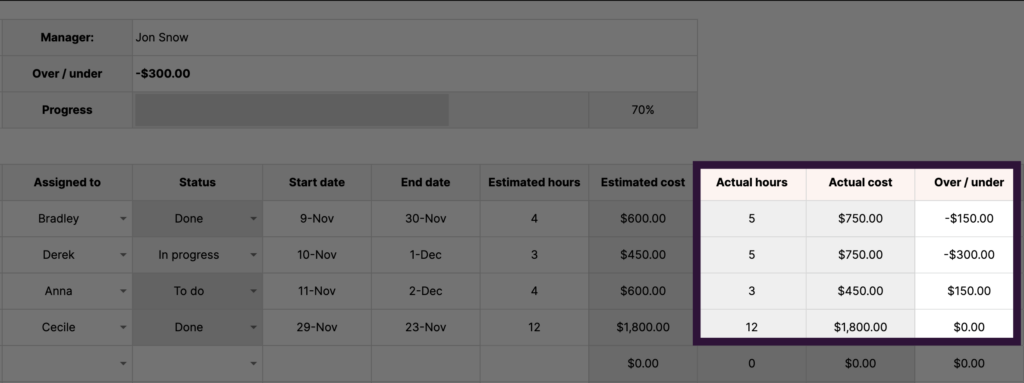
Alternatively, you can ditch the spreadsheets and use time tracking software to track project financials.
Toggl Track allows you to track your billable and non-billable hours and team labor costs to assess the profitability of every project.
You can easily find your billable and non-billable hours per project by looking at the Project Dashboard and viewing the Billing Amounts chart.
The Billing Amounts chart shows the project’s progress against the Fixed fee amount set for the project.
Below this chart, you will see a bar and a pie chart representing current data containing total clocked hours, billable hours, and remaining hours (based on the project estimate).
There’s a good chance your project will miss key milestones and surpass the estimated timeline if your team spends too much time on non-billable work. So catching this early can be a lifesaver.
You can also look at the Insights Dashboard to get a glimpse into the profitability of your project and team.
You have options to view the total earnings made from each project and how your labor costs stack against that.
Reporting on this type of information will help you better understand and manage the costs associated with each project. Allowing you to make adjustments where necessary.
Resources
Resource management is one of the most demanding challenges for project managers.
With fewer people and tighter budgets, you have very little wriggle room to ensure that projects are delivered successfully.
To help keep the project on track, you may need to ask yourself:
- Do I need more resources for this project?
- Is each employee maximizing their time on the project?
The key ingredients here are your team’s capacity and billable utilization.
Let’s take a look at how you can get access to this type of information.
Team capacity
Knowing how many hours your team has available each day can help you to reallocate resources if someone is struggling or needs extra support.
This can be done by using a resource planning spreadsheet. Search ‘resource planning template’ on Google. You should be able to find one that works for you.
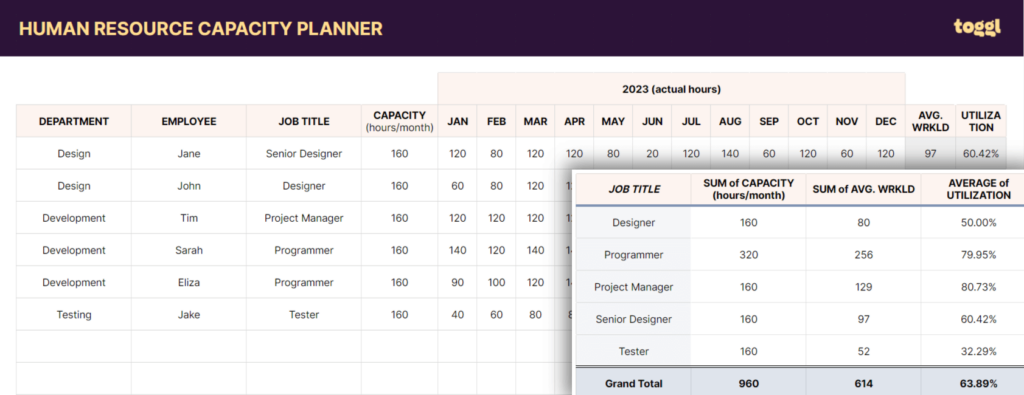
Alternatively, you can view your team’s available capacity inside Toggl Plan.
Here’s how.
- Select your team under the Teams dropdown
- View the timeline to visualize your team’s workload capacity
Here’s how.
- Select your team under the Teams dropdown
- View the timeline to visualize your team’s workload capacity
This will give you a high-level view of your team and their available hours each day.
This is done by adding time estimates to each task and comparing that to the user’s daily working hours.
Note: working hours are set per day inside of workspace settings.
Billable utilization
Billable utilization measures the percentage of available hours that employees spend generating revenue.
- Billable Utilization % = (Number of Billable Hours / Number of Available Hours) X 100%.
For example, let’s say an employee has 40 available hours to work in their week. That’s their available capacity.
But they’re only hitting 30 hours a week.
Their resource utilization is 75%.
But out of the 30 hours they work, only 10 are billable hours (client work).
Their billable utilization is 25%
What does this tell you?
The employee is only working 75% of their total available hours. And only 25% of their available hours are spent on work that generates revenue.
Here’s how to view a variation of billable hours utilization using Toggl Track.
- Go to the Reports Dashboard
- Filter by Team member
- Select time period
You will see a billable utilization percentage* next to the total billable hours for that team member.
*The percentage of billable hours in the screenshot above is based on the total hours worked. Not total available hours.
Reporting on your available resources will help you to
- Understand if you can allocate more work to a team member or if you need to hire more resources as your team is at maximum capacity.
- Identify areas where you can audit a team member’s time to see if you can get more billable hours out of them or if they need extra support.
Both of these will help you to make the proper adjustments to ensure the success of your project.
Toggl Plan has a native integration with Toggl Track.
The integration provides an easy way to start and stop timing your tasks from within Toggl Plan, and automatically pass the data through to your Toggl Track workspace. It’ll only take a couple of minutes to connect your accounts and get started.
Check out the video to learn more.
Changes and scope shift
Many things might cause your project to change in scope. Regardless of the why or how, documenting those changes is crucial.
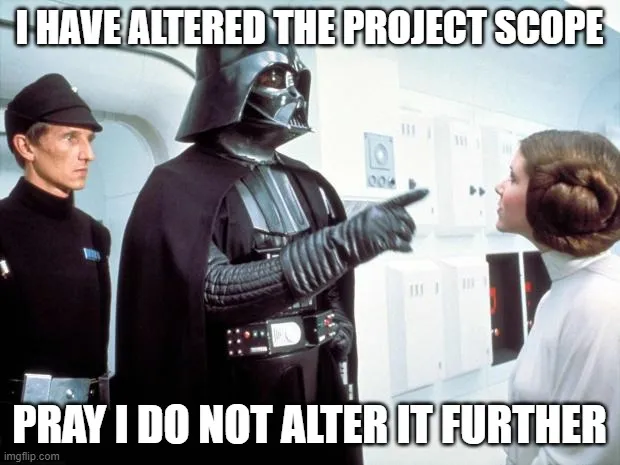
Ask yourself the following questions:
- Has the timeline changed?
- Has the scope changed?
If yes, then ask yourself why.
- Have you uncovered more work than you initially planned for?
- Has the client requested additional work outside the project’s scope?
You’ll be better equipped to make the best decision for the client and the project by getting the answers to those questions.
Team performance
Monitoring team performance throughout a project’s lifecycle helps keep the project on track and boost team morale.
You need to know how well your team members are doing their job.
- Who needs help?
- Who is performing like an absolute superstar?
Perhaps the team member that is performing well deserves to be celebrated.
And the underperforming team member?
Perhaps they need extra training. Or maybe you’ve chosen them for the wrong task and need to reshuffle resources if you want to get the best out of your team.
The best way of monitoring performance is by analyzing the data first.
Some key areas to monitor include.
| Data point | Description |
|---|---|
| Billable utilization | This can be an indicator of productivity. It measures the percentage of available hours employees spend generating revenue for each project. |
| Project milestones | Track milestones to see if your team is efficient with their time. Milestones are the critical and measurable accomplishments needed to progress toward the result. |
Keeping a close eye on this data will help you analyze your team’s performance. Giving you the information you need to make better staffing decisions for other projects.
Risk management
We often plan a project with this overly optimistic mindset. We forget to consider X — or even worse, we knowingly sweep X under the rug, thinking it won’t happen to us.
Before you know it, you’re mid-project and starting to feel the heat.
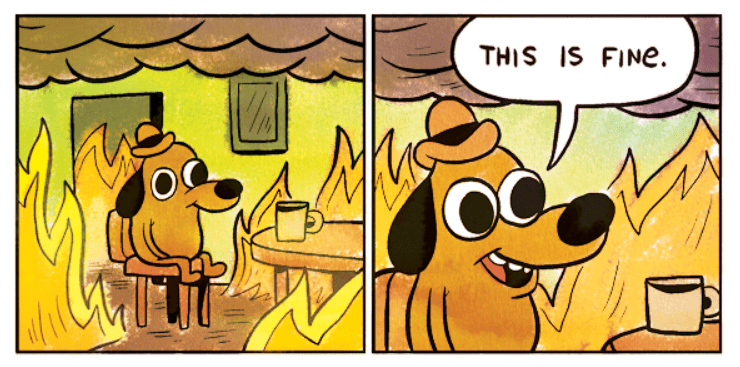
The first step is carrying out a project risk assessment before a project starts.
But sometimes, not everything can be identified or planned for. So you may find yourself having to put out a few fires.
Reporting on any project issues will help you to better navigate through the project and help to prevent them from happening again in the future.
How to write a good project status report — the 4 N’s
The project manager’s paradox is knowing how to source and analyze data and when to ignore it.
How you report on each project is entirely up to you.
But remember to be clear on who the audience is with your project progress reports. This will help you to deliver them with the appropriate information and tone.
We’ve put together a project reporting template based on four key elements (the 4 N’s) we think you should be reporting on.
Grab it below!
Note: you will need access to the critical project metrics/data outlined above to write an effective report.
The 4 N’s of a project status report
| Element | Description |
|---|---|
| Numbers | The quick hits. Provide the data to demonstrate critical metrics. |
| Narrative | Tell the story behind the project. Add context to the data. |
| Names | Focus on the team members and their expertise. |
| Nuance | Focus on the project report details that might escape the people who aren’t running the project. Such as scope changes and risks. |
Now let’s dive into what each one means.
Numbers
Regarding numbers, there are two main elements to focus on:
- Time
- Money
You have to focus on your expenditure for every part of the project and compare it to the costs you planned at the beginning. Then you have to do the same with your scheduling plans.
Let’s say you’re working on a marketing campaign that will last two months.
Within the first month, you are expected to:
- Create ten posts
- Spend 60% of your budget
Examine and monitor your project metrics and determine how they compare to the project’s planning. When you find differences, you use the narrative to explain why the changes occurred and what they mean for the project going forward.
Let the numbers grab their attention and draw their interest. Then they will pay attention to the narrative of your project report.
You should also use charts and graphs to make the numbers more digestible.
Narrative
Considering that a project report is supposed to be full of facts and numbers, focusing on the report’s narrative might seem like a vague tip.
But it isn’t.
Consider this statistic: only 5% of people attending a presentation remember statistics, but 63% of people remember stories.
We’re not suggesting that you flex your creative muscle and go all ‘once-upon-a-time’ on your project report. But you shouldn’t overwhelm people with numbers.
In your narrative, try to provide any necessary back-story or analysis behind:
- Timeline
- Milestones
- Budget
- Resources
Each of these elements depends on all the other elements of the project. They’re all interconnected, and that’s where narrative comes into play.
Let us give you two examples, focusing on an Instagram marketing campaign.
In the first, you focus only on the statistics, so you write in your project report:
- We’ve only booked 60% of the influencers.
- We only have 20% of the budget left.
Based on these two facts alone, it might seem like you’re not very good at your job. It might seem like the project is destined to fail.
But now, let us show you how narrative can change the entire perception of the situation.
We have booked 60% of the influencers because we decided to switch tactics and focus on creating content ourselves. The last option was less effective than anticipated.
The budgetary situation considers all our costs for the project’s duration—because creating content ourselves is cheaper, we expect to complete this project 10% under budget. This money will be used to buy more sponsored ads on Instagram.
Now, doesn’t that sound like an entirely different story?
Names
Projects need people to succeed. So it’s worth spending time analyzing the team members chosen to bring the project to completion.
You can identify the underperforming team members and try to determine why. But you also identify the excellent team members and celebrate their successes.
But in your project report, depending on how often you report, you should also outline if you need to reallocate resources.
Is anyone sick? Is anyone going on vacation? More importantly, does anyone need a vacation?
Employees that are burnt out are of no benefit to anybody. You should take the chance to note who has been working the hardest and who will be taking a more prominent role in the project’s next stage.
Tracking time in timesheets is an option here. But manual timesheets aren’t always the most accurate.
Features like Toggl’s Summary Report can be helpful here. It can show you who’s been working the most and provide accurate weekly data on their working hours.
Features like Toggl’s Summary Report can be helpful as they can show you who’s been working the most and provide accurate data on their working hours every week.
You can also audit your teams time within this report. With a time audit, you no longer have to do a manual roll call to ensure everyone in the workspace has logged time for the week.
Note: You may want to keep reporting individual team members’ performance between yourself and your manager/team. But reporting on the other three elements for your client is a great way to build trust.
Nuance
This is the section where you tell the story that the narrative and the numbers might have missed out on.
Which part of the picture might be missing out from the report? What kind of challenges might the team be facing that outsiders might be completely oblivious to?
Perhaps the team detected an opportunity, and you would consider expanding the scope of work. 💰
Or perhaps there are other external challenges out of your control. For example, a client is requesting work out of scope or taking an age to get back to you with critical documents or files.
These nuances need to be included in the report because as the project progresses, project managers and team members begin stumbling into unexpected factors that might impact the project’s overall success.
It is important to point them out, explain their causes, and suggest potential solutions to overcome those obstacles.
Project status report template
This project report template is meant to streamline the project reporting process. We want to ensure it’s used to highlight the critical elements described above.
This will help to ensure everyone keeps on track with what they need to be doing and to help you make adjustments before it’s too late.
Note: feel free to change the headings and the report’s overall structure. You may want to only report on projects internally or with your client — which may influence what you report on.
When should you write a project status report?
Honestly? It depends. 🤷♀️
There are two main factors to consider:
- The length of the project
- The size of the project
When it comes to the length of the project, we are mainly referring to the intervals at which project reporting has to be done.
A multi-year project might only require a status report every quarter or every six months. But a project that lasts six months? Monthly reporting is probably a good cadence.
While keeping management or your client informed of the progress is essential, project reports often take time. So creating them too often might be considered wasteful.
But then there is the second element to consider — the project’s size.
Straightforward projects like creating a one-page flyer probably don’t need much reporting.
But something as complex as a website build, mobile app, or branding campaign may require regular updates. So writing a project report every month or quarter is worthwhile.
But don’t go overboard with project progress reports. Too much project reporting can be problematic. You don’t want to drown yourself with admin work when your time could be better spent on profitable work. Try and apply some common sense.
Feel in control with project reporting
Don’t stress over creating project reports too much. It’s usually more straightforward than it’s thought to be. Consistent and accurate project reporting helps significantly if you regularly work on complex and lengthy projects.
They will also help you to manage better:
- Timelines
- Budget
- Scope creep
- Team performance
- Risks
Knowing how to write a project report and taking advantage of its information can be the difference between a successful project and a soul-destroying one.
Sean is a Content Marketer at Toggl. He's been involved in SEO and Content Marketing since 2017. Before working for Toggl, Sean ran SEO at a digital marketing agency—so he's all too familiar with time tracking and project management.
